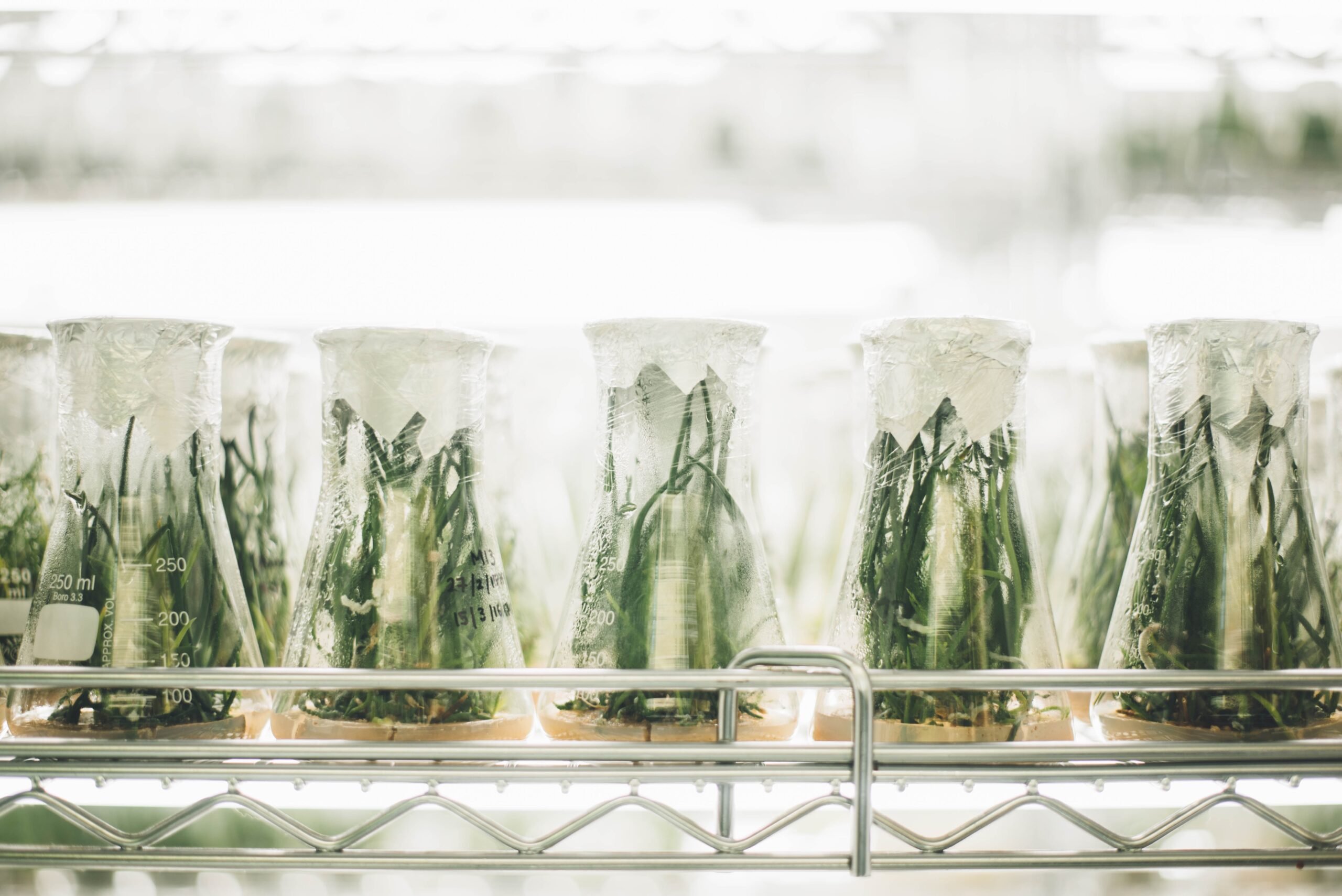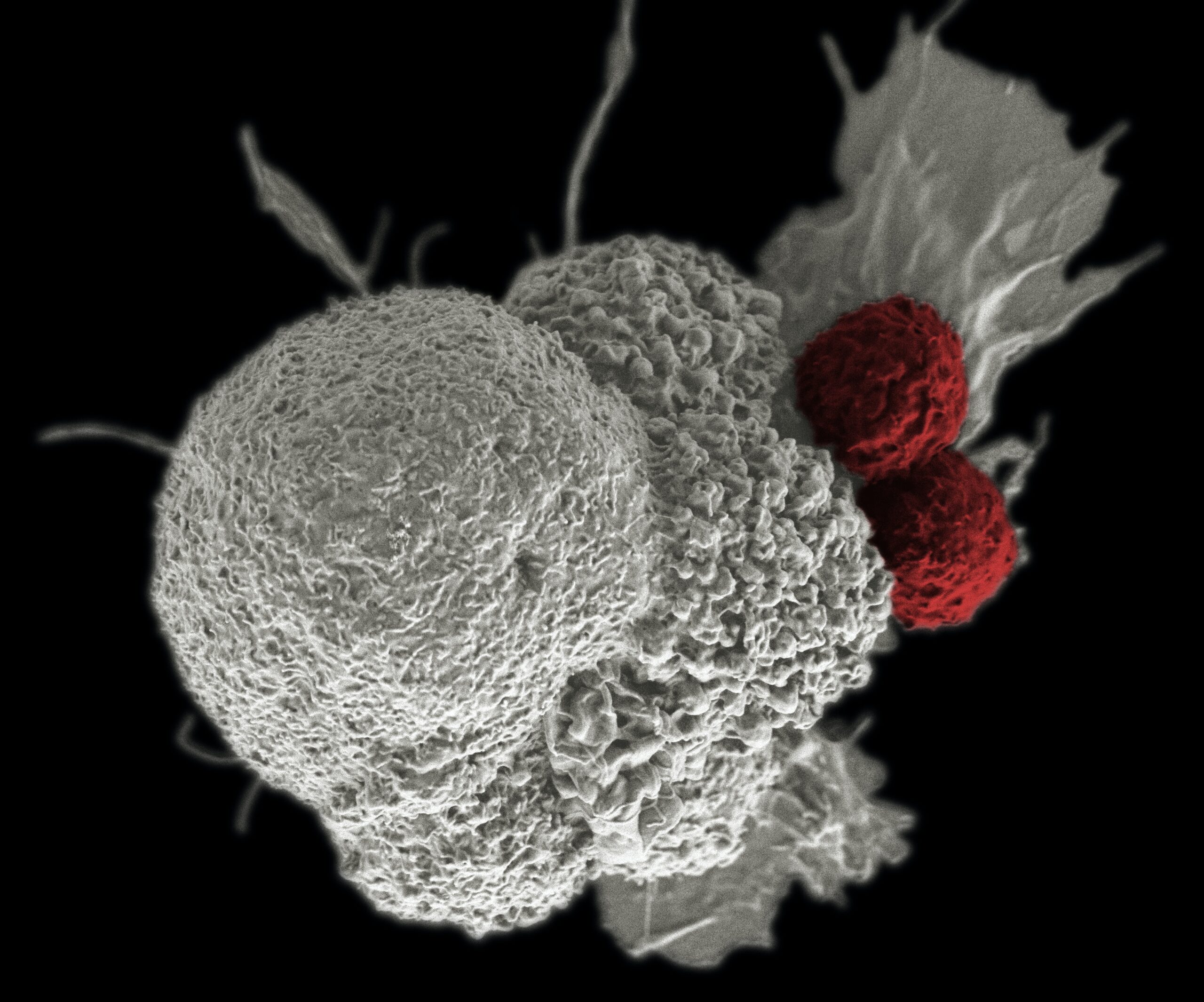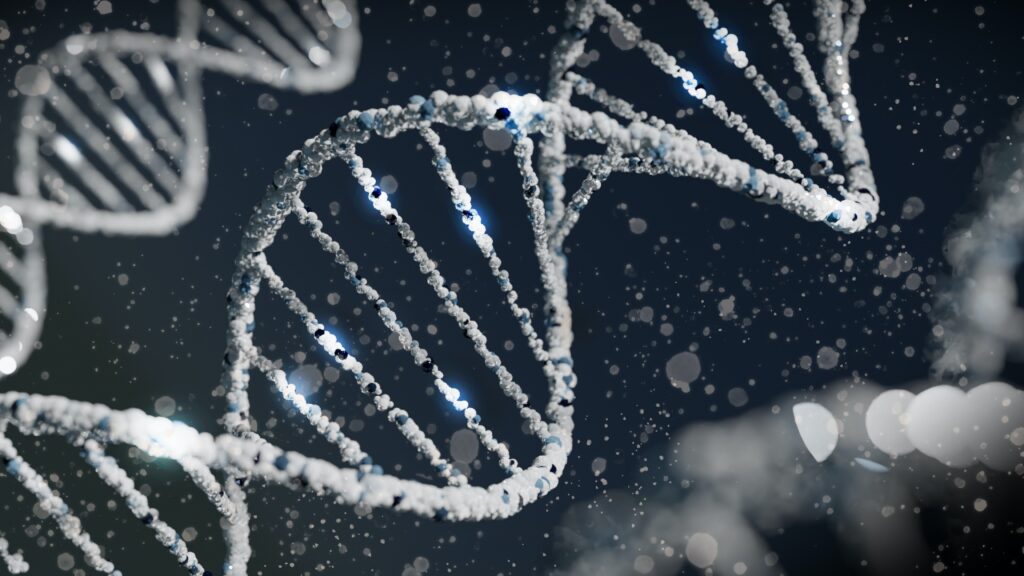The Journey of Life sciences is a captivating field that provides insights into the wonders of the natural world. It encompasses a wide range of disciplines, all working together to unravel the complex tapestry of life. In this article, we will embark on a journey through the fascinating discoveries and breakthroughs in life sciences.
Table of Contents

Definition and Scope of Life Sciences
At its core, life sciences is the study of living organisms and their processes. It encompasses various scientific disciplines, such as biology, genetics, ecology, and more. Life scientists aim to understand the fundamental principles that govern life, from the molecular level to entire ecosystems. By exploring the intricacies of life, they strive to enhance human knowledge and make advancements that benefit our society.
Brief History of Life Science
The study of life has a rich history that spans centuries. From the groundbreaking work of ancient philosophers to the modern scientific methods employed today, the journey of life sciences is an amalgamation of human curiosity and revolutionary discoveries. Aristotle, often regarded as the father of biology, laid the groundwork for life science by categorizing and classifying various organisms. The invention of the microscope by renowned scientists like Robert Hooke and Antonie van Leeuwenhoek in the 17th century opened up new frontiers in studying life science at the cellular level.
Evolutionary Biology: Journey of Life Sciences
The study of evolutionary biology provides us with profound insights into the origin and diversity of life on Earth. By examining the mechanisms that drive evolution, scientists can unravel the intricate patterns and processes that have shaped the natural world.

Understanding the Mechanism of Evolution
- Introduction to Darwin’s Theory of Natural Selection
Darwin’s theory of natural selection revolutionized the understanding of evolution. It proposes that organisms best adapted to their environment are more likely to survive and pass on their advantageous traits to future generations. This process, known as natural selection, leads to the gradual accumulation of beneficial traits, ultimately resulting in the evolution of species over time.
- Genetic Variation and Adaptation
Genetic variation is a driving force behind evolution. Through processes such as mutation, recombination, and gene flow, new genetic variations arise within populations. These variations provide the raw material for natural selection to act upon, allowing species to adapt and thrive in changing environments.
- Fossil Records and Paleontology
Fossil records, the preserved remains of ancient organisms, provide crucial evidence for evolutionary theories. Paleontology, the study of fossils, allows scientists to trace the evolutionary history of species and understand the transitions and adaptations that occurred over millions of years.
Uncovering the Tree of Life
- Comparative Anatomy and Homology
Comparative anatomy plays a vital role in understanding evolutionary relationships between different organisms. By examining the anatomical structures and functions of diverse species, scientists can identify homologous structures – traits that are shared due to a common ancestry. This comparative approach helps piece together the branches on the tree of life science.
- Molecular Phylogenetics and DNA Sequencing
With the advent of DNA sequencing technologies, scientists can now delve into the molecular basis of evolutionary relationships. Molecular phylogenetics involves comparing DNA sequences among different organisms to determine their evolutionary relatedness. This approach has revolutionized our understanding of the tree of life, allowing us to trace our shared ancestry and unravel the fascinating connections between all living beings.
- The Impact of Evolutionary Biology on Modern Medicine
Evolutionary biology has significant implications for modern medicine. By understanding the evolutionary dynamics of pathogens, scientists can develop better strategies to combat infectious diseases. Additionally, knowledge of evolutionary processes helps in the development of vaccines, antimicrobial drugs, and personalized medicine, improving healthcare outcomes for patients worldwide.
Investigating Human Evolution

- Early Hominins and Their Ancestors
The study of human evolution provides insights into our shared ancestry with other primates and the emergence of our species, Homo sapiens. Through the analysis of fossils, ancient DNA, and archaeological findings, scientists have reconstructed the evolutionary journey of early hominins, revealing the gradual development of traits unique to humans.
- Human Migration and Genetic Diversity
Understanding human migration patterns and genetic diversity is central to unravelling the story of our species. By analysing genetic markers, scientists can trace the movements of ancient populations and uncover the fascinating interactions that shaped the genetic diversity we see today.
- Controversies Surrounding Human Evolution
The study of human evolution is not without its controversies. Debates regarding the origins of modern humans, the role of interbreeding with archaic humans, and the nature of early cultural development continue to captivate scientists and fuel ongoing research in this field.
Cell Biology: The Building Blocks of Life
Cells are the fundamental units of life, and cell biology explores their structure, function, and organization. By unravelling the mysteries of cells, scientists gain profound insights into the mechanisms that drive every living organism on our planet.

The Discovery of Cells
- Pioneering Microscopes and Early Observations The discovery of cells can be attributed to the invention of the microscope. Pioneers like Robert Hooke and Antonie van Leeuwenhoek were among the first to observe and document the existence microscopic structures. Their observations laid the foundation for the field of cell biology.
- Cell Theory and Fundamental Concepts
The formulation of the cell theory by Matthias Schleiden and Theodor Schwann in the 19th century revolutionized our understanding of cells. The cell theory states that all living organisms are composed of cells, and cells are the basic units of structure and function in living organisms. This theory laid the groundwork for subsequent discoveries in cell biology.
- The Diversity of Cell Types
Cells exhibit a remarkable diversity in structure and function. From simple prokaryotic cells to complex eukaryotic cells, cell biology explores the vast range of cell types that make up the fabric of life. Specialized cells, such as neurons, muscle cells, and immune cells, enable the complex processes that sustain life.
Inside the Cell: Organelles and Functions
- Nucleus, Endoplasmic Reticulum, and Protein Synthesis
The nucleus is the control center of the cell, housing the genetic material that dictates the cell’s functions. The endoplasmic reticulum, a network of interconnected membranes, plays a crucial role in protein synthesis and transportation within the cell.
- Mitochondria, Energy Production, and Cellular Respiration
Mitochondria are often referred to as the powerhouses of cells. They generate energy through a process called cellular respiration, converting nutrients into ATP, the cell’s main energy currency. This energy is essential for powering cellular activities and sustaining life.
- Chloroplasts, Photosynthesis, and the Importance of Plants
Chloroplasts, found in plant cells, are responsible for photosynthesis. Through this process, plants convert sunlight, carbon dioxide, and water into glucose and oxygen. This vital process sustains life on Earth, providing the basis of energy for countless organisms and maintaining the balance of our atmosphere.
Genetics: Unravelling the Code of Life
Genetics explores the inheritable traits and variations that define living organisms. By understanding the code of life encoded within DNA, scientists can unlock the secrets of heredity and address a wide range of health and societal challenges.

The Discovery of Genetics
- Gregor Mendel and the Laws of Inheritance
Gregor Mendel’s experiments with pea plants in the 19th century laid the foundation for modern genetics. His work on inheritance patterns and the laws of segregation and independent assortment provided the groundwork for our understanding of how traits are passed down from generation to generation.
- The Rediscovery and Application of Mendel’s Work
Mendel’s findings remained relatively unknown until the early 20th century when his work was rediscovered and embraced by the scientific community. This rediscovery paved the way for advancements in genetics and the application of Mendelian principles to the study of plant and animal breeding.
- Human Genetics and the Role of DNA
The field of human genetics has revolutionized our understanding of inherited diseases and individual traits. By studying the human genome, scientists can identify genetic variants associated with certain conditions, enabling the development of targeted therapies and personalized medicine approaches.
The Structure and Function of DNA
- DNA Replication and Genetic Information Flow
DNA replication ensures the faithful transmission of genetic information from one generation to the next. It is a complex process that involves the unwinding of the DNA double helix, the synthesis of complementary strands, and the proofreading mechanisms that minimize errors.
- RNA and Protein Synthesis
RNA plays a crucial role in translating the genetic code into proteins. Through processes such as transcription and translation, the information encoded within DNA is transcribed into RNA molecules, which then guide the synthesis of proteins. This intricate dance of molecules is fundamental to all living organisms.
- The Role of Genetics in Disease
Genetics has shed light on the underlying causes of numerous diseases. Both inherited genetic conditions and complex diseases influenced by multiple genetic and environmental factors can be better understood through genetic research. This knowledge provides valuable insights for diagnosing, treating, and preventing various diseases.
Advances in Genetic Engineering
- Gene Editing and CRISPR Technology
Recent advancements in gene editing technologies, such as CRISPR-Cas9, have revolutionized the field of genetics. These tools allow scientists to precisely modify DNA sequences, enabling targeted edits to repair genetic mutations and potentially prevent the occurrence of genetic diseases.
- Genetically Modified Organisms
Genetic engineering has also facilitated the development of genetically modified organisms (GMOs). GMOs can be designed with desirable traits, such as increased pest resistance or improved nutritional content, to address challenges in agriculture, medicine, and various industries.
- Ethical Considerations and Future Implications
The field of genetic engineering raises important ethical considerations. The potential misuse of genetic technologies, the implications of modifying the human germline, and the impact on biodiversity and ecosystems all warrant careful examination.
Ecology and Environmental Science: Exploring Life within Ecosystems
Ecology and environmental science delve into the intricate relationships between organisms and their environment. By studying the interplay between living organisms and their surroundings, scientists gain a deeper understanding of how ecosystems function and how human activities impact the natural world.

Understanding Ecosystems and Interactions
- Levels of Ecological Organization
Ecology encompasses a hierarchical framework of ecological organization, ranging from individuals to populations, communities, ecosystems, and the biosphere. Each level provides insights into the interactions and dynamics that shape the natural world.
- Food Webs and Trophic Relationships
Food webs represent the interconnectedness of organisms within an ecosystem. They illustrate the flow of energy and matter as organisms interact through trophic relationships, such as producers, consumers, and decomposers. These complex webs of interactions are essential for maintaining the balance and stability of ecosystems.
- Biodiversity and the Importance of Ecosystem Services
Biodiversity, the variety of living organisms, is a cornerstone of healthy ecosystems. Diverse ecosystems provide a range of ecosystem services, such as pollination, nutrient cycling, climate regulation, and water purification. Understanding and conserving biodiversity is crucial for the long-term sustainability of our planet.
Conservation Biology and Sustainability
- Threats to Biodiversity: Habitat Loss and Climate Change
Conservation biology aims to mitigate threats to biodiversity. Habitat loss due to deforestation, urbanization, and land conversion, coupled with the impacts of climate change, pose significant challenges to the preservation of species and ecosystems. Understanding these threats allows scientists to devise effective conservation strategies.
- Conservation Strategies and Protected Areas
Conservation strategies range from the establishment of protected areas to the implementation of sustainable resource management practices. Protected areas, such as national parks and wildlife reserves, provide refuge for endangered species and allow for the restoration of ecosystems. They serve as crucial stepping stones in halting biodiversity loss.
- Sustainable Practices for a Changing World
Efforts to achieve sustainability require global cooperation and the adoption of sustainable practices. Sustainable agriculture, renewable energy sources, and responsible consumption contribute to reducing our ecological footprint and preserving the integrity of ecosystems. By embracing sustainable practices, we can strive for a harmonious coexistence with the natural world.
Environmental Impacts on Human Health
- Pollution and Health Risks
Environmental pollution, including air, water, and soil pollution, poses significant risks to human health. Exposure to pollutants can lead to respiratory problems, cardiovascular diseases, neurological disorders, and a range of other adverse effects. Understanding the sources of pollution allows for effective mitigation strategies to protect public health.
- Emerging Infectious Diseases and Zoonotic Spillover
Environmental changes, coupled with the encroachment on natural habitats, contribute to the emergence of infectious diseases. Zoonotic spillover, the transmission of diseases from animals to humans, highlights the interconnectedness between human and wildlife health. Understanding these dynamics is crucial for preventing future pandemics and preserving global health.
- Human-Wildlife Interactions and Pandemic Prevention
Human-wildlife interactions can facilitate the transmission of diseases. The encroachment on natural habitats, the wildlife trade.


Hi, this is a comment.
To get started with moderating, editing, and deleting comments, please visit the Comments screen in the dashboard.
Commenter avatars come from Gravatar.